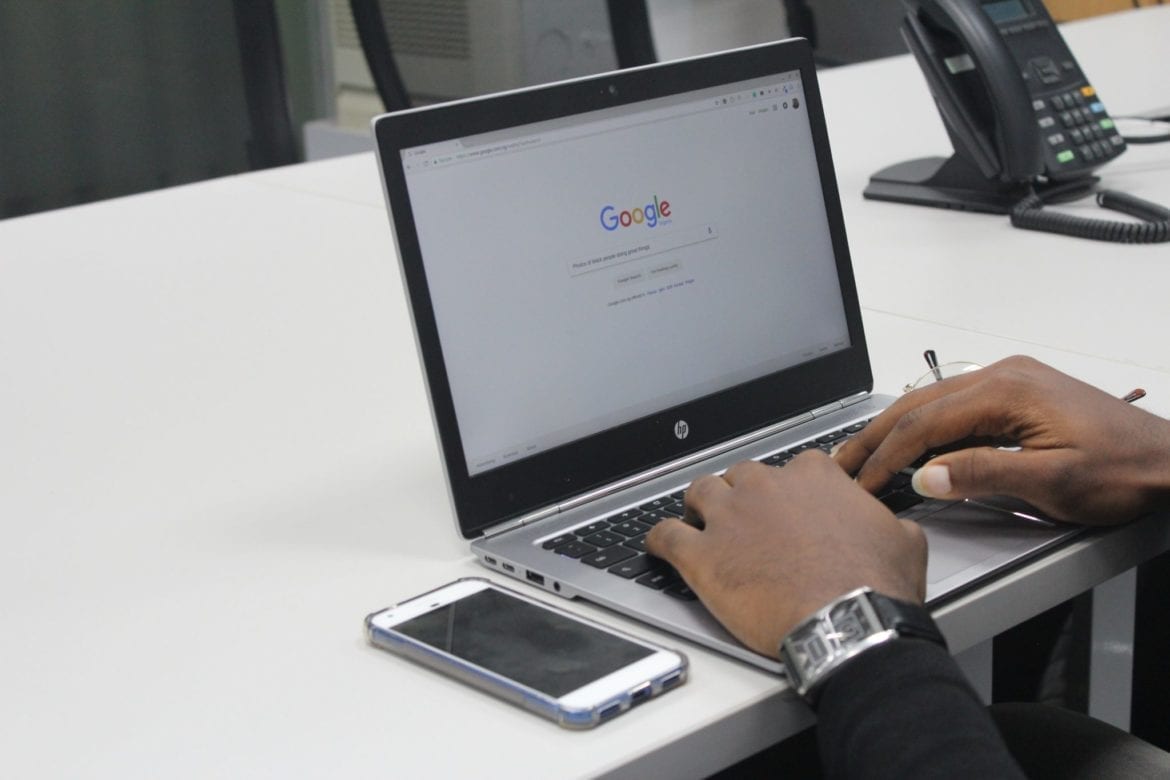|
Getting your Trinity Audio player ready...
|
After a year and a half of experimentation, earlier this year Google started rolling out its mobile-first indexing to more sites globally.
Mobile-first indexing means that the mobile version of a website is now considered the starting point for what Google includes in their index.
In its Best Practices for Mobile-first Indexing guide, Google explained,
“Mobile-first indexing means Google will predominantly use the mobile version of the content for indexing and ranking. Historically, the index primarily used the desktop version of a page’s content when evaluating the relevance of a page to a user’s query.
Since the majority of users now access Google via a mobile device, the index will primarily use the mobile version of a page’s content going forward. We aren’t creating a separate mobile-first index. We continue to use only one index.”
In anticipation of this significant change, Google had already started educating publishers on how to make this transition seamlessly via the Official Google Webmaster Central Blog, e.g., Getting your site ready for mobile-first indexing.
Since publishers are still adapting to this change, Google took to Twitter to address aspects of mobile-first indexing content creators wanted more information on.
Here are the latest updates shared by Google:
1. Mobile content prioritised
If a page has different URLs for mobile and desktop, Google will show the mobile searchers the mobile URL and the desktop searchers the desktop URL. In either case, the indexed content will be the mobile version of the website, irrespective of the URL displayed by Google.
URLs in search: With Mobile-first indexing, we index the mobile version. When we recognize separate mobile URLs, we’ll show the mobile URL to mobile users, and the desktop URL to desktop users – the indexed content will be the mobile version in both cases.
— Google Webmasters (@googlewmc) June 14, 2018
2. Crawling shifts to mobile
Google said the number of pages it crawls per day will not change much, but the balance will shift from mostly desktop pages crawled to mostly mobile pages crawled.
Crawled counts: The total number of crawled URLs/day generally won’t change, but the balance will shift from mostly-desktop to mostly-mobile crawls. During a switch-over to mobile-first indexing we may temporarily crawl more as we reindex everything.
— Google Webmasters (@googlewmc) June 14, 2018
3. Temporary Google cache issues
While the mobile-indexing process is in process, some publishers may see an error in indexing, where the Google cache link sometimes may not return anything or show a blank page. It’s a known issue Google is working on, and has no impact on indexing or ranking.
Cached page: Unfortunately, it looks like we’re currently still not showing a cached page for many mobile-first indexed sites. This is a bug, not by design, and should get resolved over time. It’s just the UI, it doesn’t affect crawling, indexing, or ranking.
— Google Webmasters (@googlewmc) June 14, 2018
4. “Speed update” not related to mobile-first indexing
A speed update is coming up in July, where Google will start using mobile page speed as a ranking factor in their mobile search results. They emphasised that this is not related to mobile-first indexing, although publishers should definitely look at making their websites faster, since having fast-loading content is helpful in performing better for both mobile and desktop users.
Speed and mobile-first indexing: The mobile speed update in July is independent of mobile-first indexing. Fast sites are awesome for users, especially on mobile, since devices & connections there tend to be slower than with desktops.
— Google Webmasters (@googlewmc) June 14, 2018
5. Mobile user interface clarifications
For content creators concerned about whether using accordions or hamburger menus—elements that make mobile site navigation easier for the users—affect their search rankings negatively, Google assured it was perfectly fine to do so.
Mobile website UIs: Using “hamburger-menus” and “accordions” on mobile websites is fine.
— Google Webmasters (@googlewmc) June 14, 2018
6. Not mobile-friendly? Not a problem (yet)
Pages that are not mobile-friendly will still be indexed by Google, although they are definitely urging publishers to “embrace mobile”.
On requirements: Neither mobile-friendliness nor a mobile-responsive layout are requirements for mobile-first indexing. Pages without mobile versions still work on mobile, and are usable for indexing. That said, it’s about time to move from desktop-only and embrace mobile 🙂
— Google Webmasters (@googlewmc) June 14, 2018
7. Ranking factor?
For publishers whose websites may not yet be in the mobile-first index, Google clarified that while mobile-friendliness is a ranking factor on mobile, it’s unrelated to being in the mobile-first index. So priority should be making the sites mobile-friendly, and Google will take care of the indexing.
On ranking: The mobile-first index doesn’t change anything for ranking other than that the mobile content is used. While mobile-friendliness is a ranking factor on mobile, being in the mobile-first index is not.
— Google Webmasters (@googlewmc) June 14, 2018
8. Endnote
For publishers looking to know more, Google shared some of their documentation on mobile-first indexing and mobile sites:
- Mobile-first Indexing
- Mobile-friendly Websites
- Best practices for mobile-first indexing
- Rolling out mobile-first indexing
In case you’re curious, our docs on mobile-first indexing are at https://t.co/gQaVwzCV48 , https://t.co/1mglj5U5ch , https://t.co/yo4mGQZkqh , and https://t.co/hDZcbCTjVj for mobile sites in general.
— Google Webmasters (@googlewmc) June 14, 2018
In the final analysis, going mobile and going fast is critical for publishers looking for a significant chunk of traffic from Google, especially when the audience count via Facebook is on the decline.


